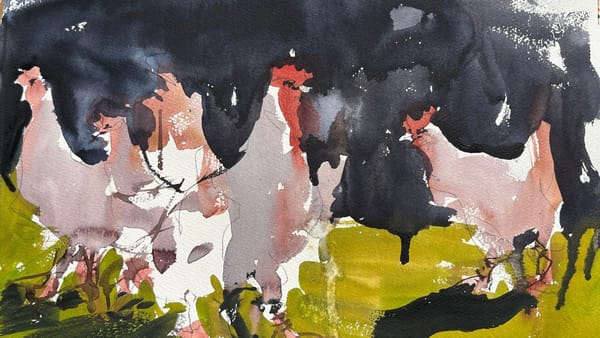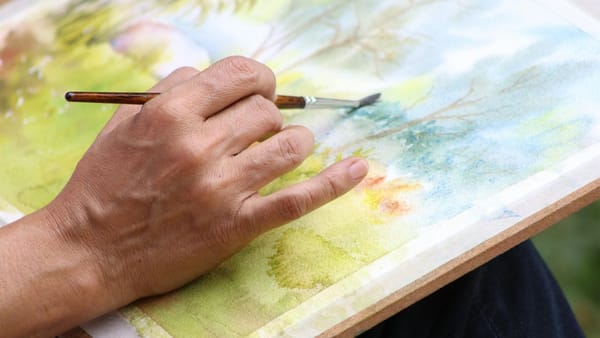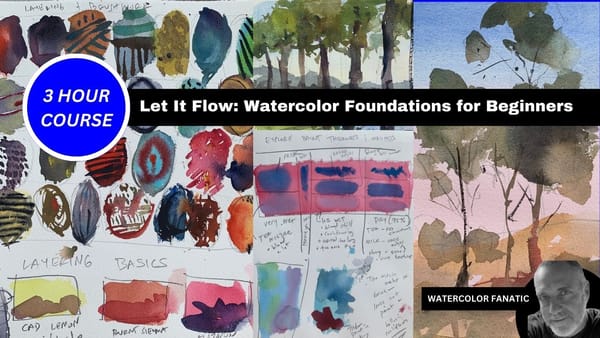Master Loose Urban Watercolor Landscapes: Complete Step-by-Step Tutorial
Learn loose watercolor techniques for painting expressive urban landscapes. Step-by-step video covers brushwork, layers, and more for cityscapes.
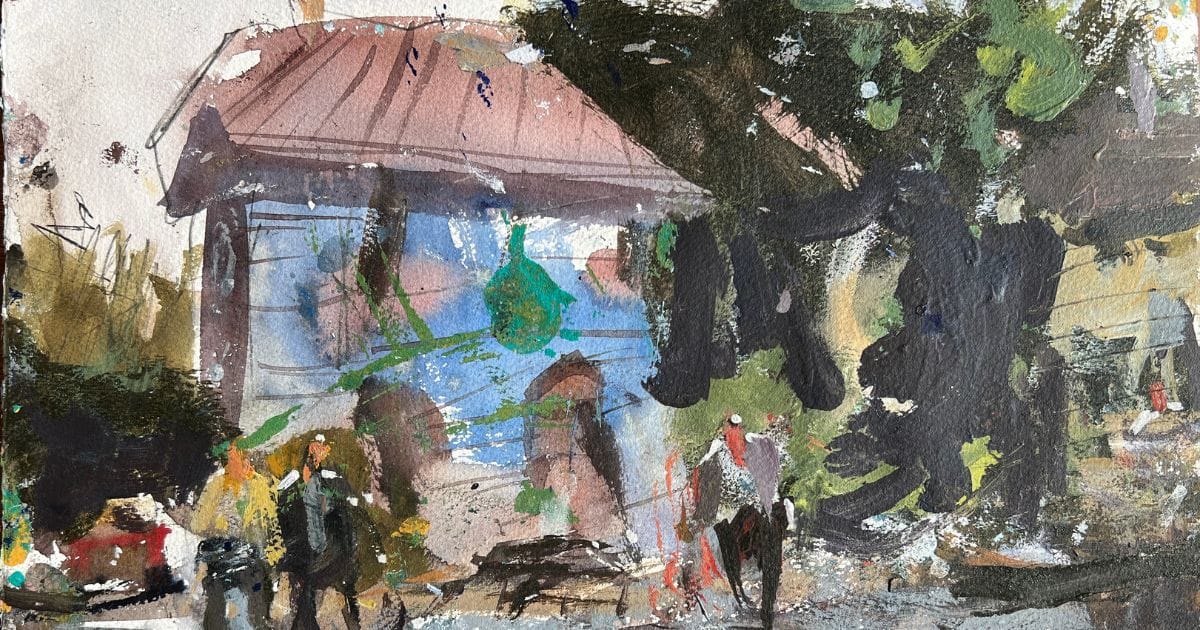
Urban landscapes offer watercolor artists an incredible playground of architectural forms, bustling energy, and atmospheric effects. But capturing the essence of cityscapes without getting bogged down in rigid details can be challenging. That's where loose watercolor techniques become your secret weapon for creating vibrant, expressive urban scenes that pulse with life.
Learn to paint loose urban watercolor cityscapes
Why Loose Techniques Work Perfectly for Urban Scenes
Cities are naturally chaotic and dynamic. Attempting to paint every brick, window, and street sign will rob your painting of the very energy that makes urban environments so captivating. Loose watercolor techniques allow you to:
- Capture the mood and atmosphere rather than photographic accuracy
- Suggest architectural details without laboriously rendering them
- Create movement and energy through confident brushwork
- Let happy accidents enhance the urban grit and character
- Work faster and more intuitively, matching the pace of city life
I've written an in-depth article for learning watercolor techniques, give it a look!
Essential Materials for Urban Watercolor Success
Before diving into techniques, ensure you have the right tools. You'll need professional-grade watercolor paint in a urban-focused palette: ultramarine blue, burnt sienna, raw umber, cadmium orange, alizarin crimson, and payne's gray. Choose papers that can handle wet techniques—140lb cold-pressed watercolor paper works beautifully for loose urban work.
Your brush selection matters tremendously. Large flat brushes (1-2 inches) for building washes, medium rounds for architectural elements, and a rigger brush for linear details will cover most urban painting scenarios.
View all of my favorite watercolor materials in the article.
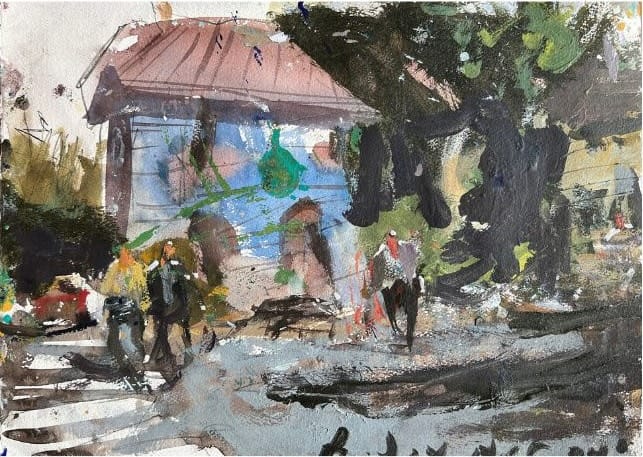
The Foundation: Understanding Urban Light and Shadow
Urban environments create dramatic light patterns through the interplay of tall buildings, narrow streets, and reflected light bouncing off glass and concrete surfaces. Start every urban painting by identifying your primary light source and mapping out the major shadow shapes.
These shadow patterns become the backbone of your composition. Paint them first as simple, connected shapes using a mix of ultramarine blue and burnt sienna. Don't worry about individual buildings yet—focus on creating interesting abstract shapes that will hold your painting together.
Building Architecture with Confident Brushstrokes
Here's where loose technique really shines. Instead of drawing building outlines, build your structures with decisive brush marks. Use the flat edge of your brush to suggest building faces, and let the brush's natural movement create slight irregularities that add character.
For windows, resist the urge to paint each one individually. Instead, use horizontal brush drags with a darker mixture to suggest rows of windows. Vary the pressure and let some areas remain lighter to create the illusion of reflected light on glass surfaces.
Creating Depth Through Atmospheric Perspective
Urban scenes often stretch deep into the distance, offering perfect opportunities to demonstrate atmospheric perspective. Buildings in the foreground should have stronger contrasts and warmer colors, while distant structures fade to cooler, lighter tones.
Use this principle by gradually reducing the intensity of your colors as elements recede. Add more water to your mixtures for distant buildings, and let some areas remain as simple washes that suggest rather than define architectural forms.
Adding Life: Figures and Street Elements
Cities aren't just buildings—they're full of people, vehicles, and street furniture that bring scenes to life. The key is suggesting these elements with minimal, confident marks rather than detailed rendering.
For pedestrians, a few quick vertical brushstrokes with a walking rhythm can suggest crowds without individual portraits. Cars become simple rectangular shapes with a few strategic dark accents for shadows and windows. Street lamps, signs, and other urban details can be added with quick, gestural marks that complement rather than compete with your archite

